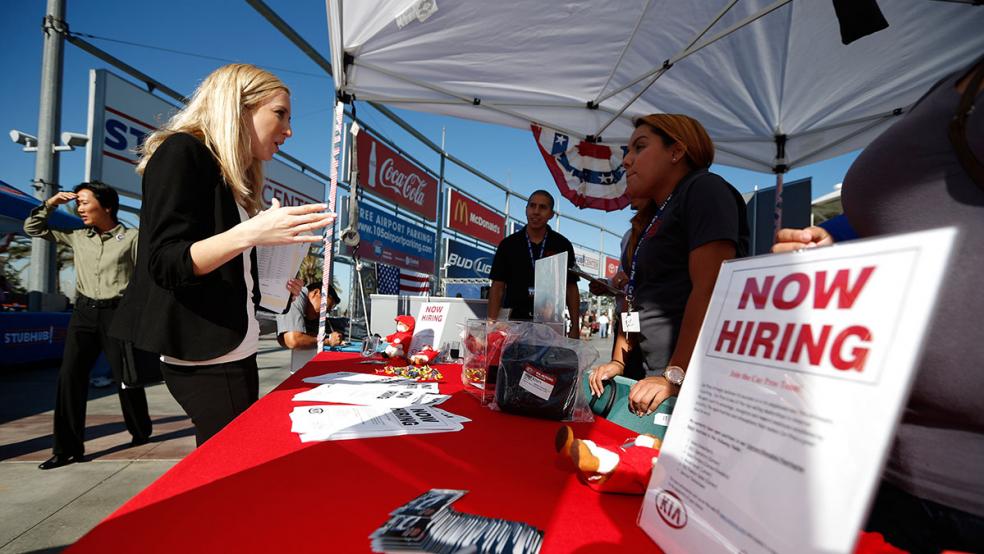The U.S. economy added 227,000 jobs in November, the Department of Labor reported Friday, as the labor market rebounded from severe storms and a major strike the month before. Estimates for job growth in recent months were revised higher, as well, adding 56,000 new jobs to the tally for the previous two months.
At the same time, the unemployment rate ticked higher by a tenth of a point, rising to 4.2%. And although wage growth was strong, with incomes growing a higher-than-expected 0.4% on a monthly basis and 4% on an annual basis, it is taking workers more time to find a new job if they lose their old one, as the number of people unemployed for at least 27 weeks jumped to the highest level in nearly three years.
Sectors with significant job growth in November included health care (54,000), leisure and hospitality (53,000), government (33,000) and transportation equipment manufacturing (32,000). Retail lost 28,000 jobs, while employment held basically steady in construction, oil and gas extraction, transportation and warehousing, information services, financial activities, and professional and business services.
What the report is telling us: Overall, the report provides more evidence that the labor market is holding steady, in an economy that has largely recovered from pandemic-era inflation without falling into a recession. “I don’t want to say that we’ve definitely achieved a soft landing,” Gus Faucher, chief economist at the PNC Financial Services Group, told The New York Times, “but certainly we think this is what a soft landing looks like.”
RSM chief economist Joseph Brusuelas said in a research note that looking at the trendline, the pace of hiring appears to be averaging 150,000 jobs per month, which is about what you’d expect to see in an economy at full employment. “From our vantage point, this data speaks to a remarkable stability across the labor force even as finding a job is becoming a bit more difficult,” Brusuelas wrote.
As for the Federal Reserve, which will review its interest rate policy at its next meeting later this month, the latest jobs data is not being seen as an impediment to another rate cut. “The labor market is in a sweet spot and the Fed wants to keep it there, so that would give them enough ammunition to cut in December,” said Stephen Juneau, U.S. economist at Bank of America, per Bloomberg. “But we do think it still depends on the inflation data.”
Economy
Job Growth Surges, Unemployment Rate Creeps Higher

REUTERS/Lucy Nicholson



